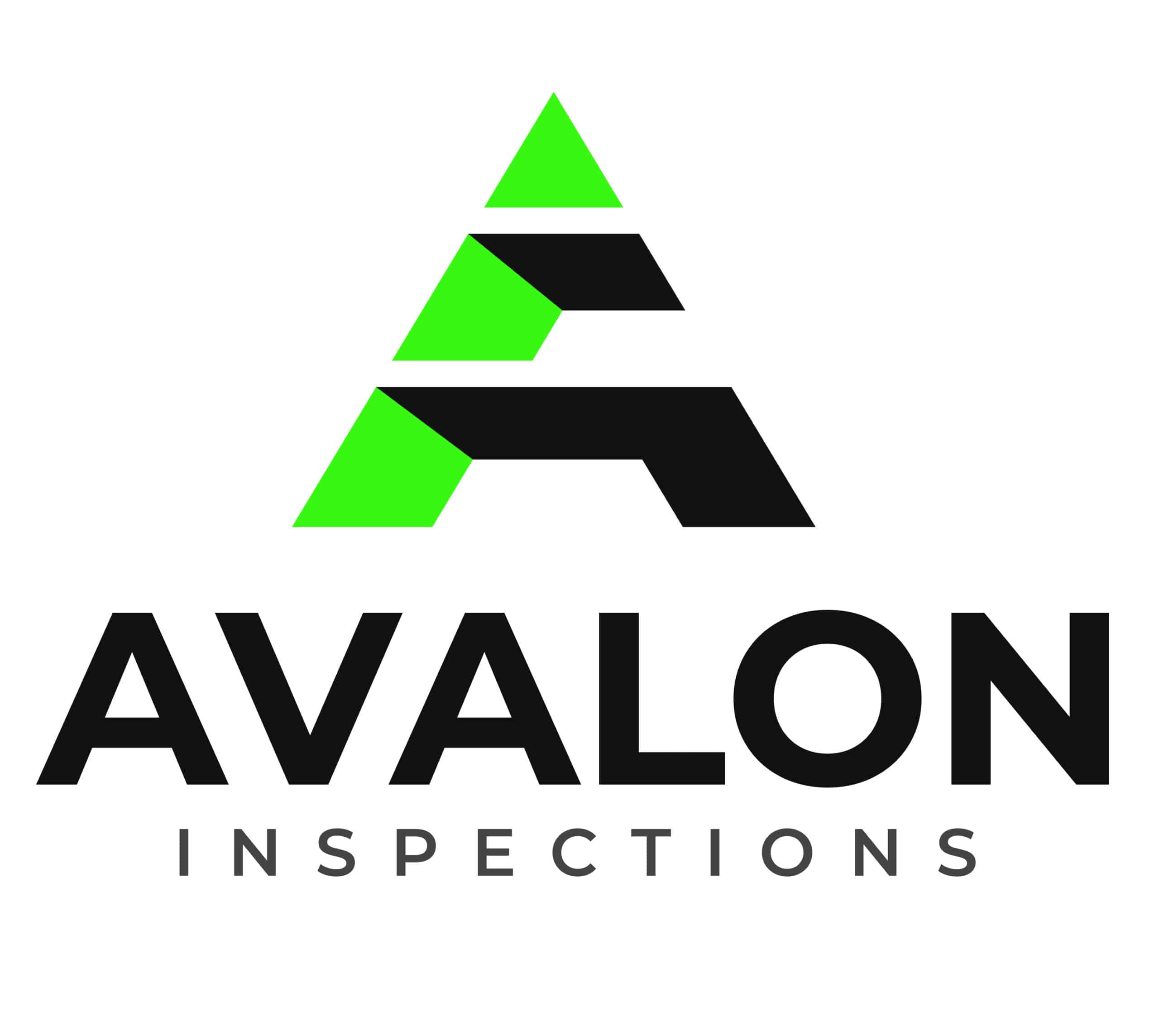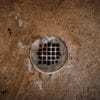
Imagine being able to see inside your walls, floors, and ceilings—catching problems that aren’t visible to the naked eye. That’s the magic of an infrared camera.
These high-tech tools use thermal imaging to detect temperature differences, revealing hidden issues like water damage, electrical hotspots, and insulation gaps. From real estate transactions to routine maintenance, infrared cameras give you a deeper look into your property. Let’s look at the details that make this tech a game-changer for home inspection.
What is an Infrared Camera?
An infrared camera is a specialized tool that captures images based on temperature differences. Unlike regular cameras that rely on visible light, infrared cameras detect heat emitted from objects.
The camera creates a thermal image, also known as a thermogram, where hotter areas appear brighter and cooler areas darker. This allows inspectors to see hidden issues, such as water leaks or electrical problems, that would otherwise go unnoticed with the naked eye.
Infrared technology is commonly used in home inspections to help identify areas of concern that can affect the safety, comfort, and energy efficiency of a home. With its ability to “see” temperature variations, it provides a non-invasive, accurate way to detect potential problems early.

Benefits of Infrared for Inspections
Infrared cameras offer several key advantages when it comes to home inspections. Here are some of the most valuable benefits:
- Detect Hidden Water Damage: Infrared cameras can identify moisture trapped behind walls or under floors. This is especially helpful for spotting leaks before they cause mold or structural damage.
- Identify Electrical Hotspots: Electrical systems can sometimes overheat or become overloaded, which can lead to fires. Infrared cameras can spot these “hotspots” early, reducing the risk of fire hazards.
- Find Insulation Gaps: Poor insulation can lead to energy inefficiencies, higher utility bills, and uncomfortable living conditions. An infrared camera can quickly identify areas where insulation is missing or damaged, allowing for timely improvements.
- Reveal Hidden Structural Issues: Infrared cameras can also detect issues like cracks in the foundation or structural weaknesses that aren’t visible to the naked eye.
Common Issues Infrared Cameras Reveal
Infrared cameras are incredibly versatile and can uncover a variety of hidden issues in a home. Here are some common problems they can reveal:
- Moisture and Leaks: Buildup behind walls or ceilings can lead to mold and mildew, which can affect both the structure and the air quality of your home.
- Electrical Issues: Overheated wires or faulty electrical connections can be spotted by infrared cameras, reducing the risk of electrical fires.
- HVAC Inefficiencies: Infrared imaging helps identify areas where heating and cooling systems aren’t working efficiently. Leaks in ductwork or poorly insulated areas can be detected, ensuring your system runs at its best.
- Infestations: Warm spots in walls or ceilings might indicate areas where pests like rodents or termites are living. Infrared cameras can help uncover these hidden invaders before they cause significant damage.

Infrared camera technology being used to inspect the HVAC system in a home
Other Recommended Maintenance
While infrared cameras are incredibly helpful in identifying hidden issues, regular home maintenance plays a key role in keeping your property in top shape. Here are a few steps to help prevent potential problems before they arise:
- Schedule Regular Inspections: Even if there are no obvious signs of trouble, routine inspections are crucial. Early detection of issues can save you from expensive repairs down the road.
- Maintain Your HVAC System: A well-maintained HVAC system runs efficiently and can prevent costly energy bills. Regular checks for leaks, cleaning ducts, and replacing filters can keep your system running smoothly.
- Check for Water Damage: Moisture buildup can lead to mold and mildew, so always inspect areas prone to leaks, like the roof, basement, and plumbing systems. Prompt action can prevent long-term damage.
When to Call a Professional
There are times when a professional inspection is the best choice. Infrared cameras are especially helpful when:
- You’re buying a home and want to make sure there are no hidden problems.
- You’ve noticed unexplained signs like water stains, strange smells, or temperature fluctuations in your home.
- You want to address energy inefficiencies or reduce your utility bills by pinpointing gaps in insulation or ductwork.
Conclusion
Infrared cameras are a game-changer in home inspections, offering a detailed, non-invasive way to identify hidden issues that could otherwise go unnoticed. From water damage to electrical hotspots, this technology provides a clear picture of a home’s condition, allowing homeowners to take proactive measures before small problems become big ones.
If you’re ready to get a deeper look into your property, Avalon Home Inspections is here to help. Our expert team uses the latest infrared technology to deliver accurate, reliable inspections that give you the confidence you need.



